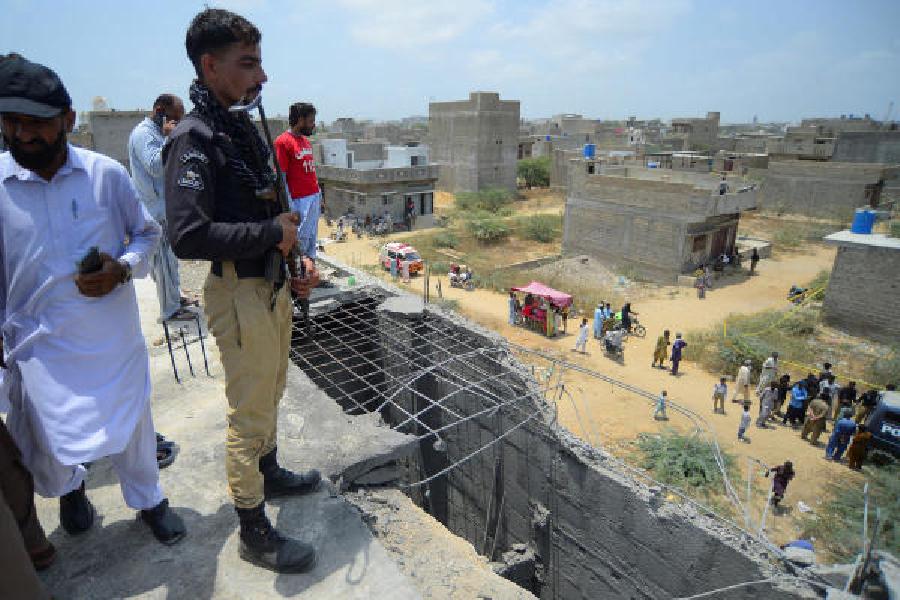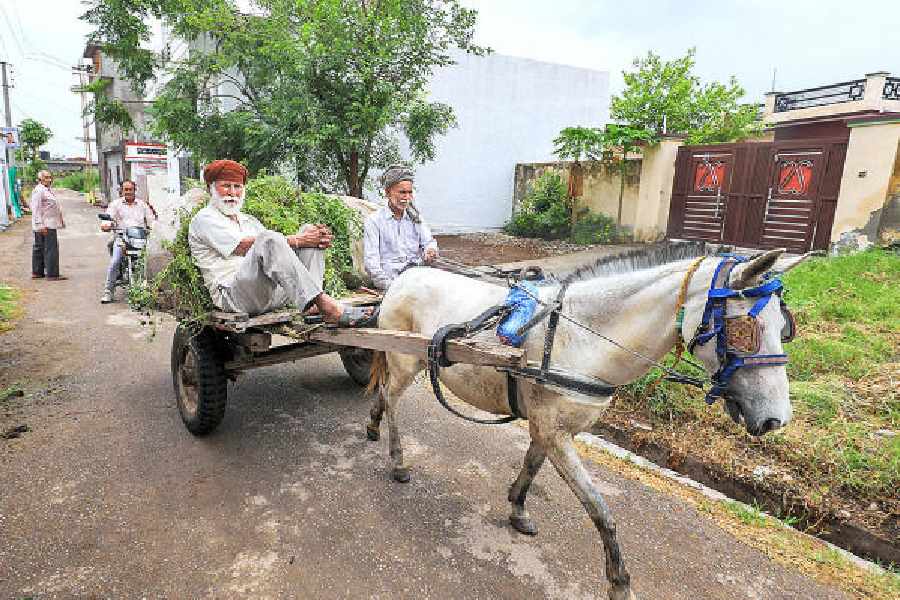Ranchi, June 4: “Saheb, is baar bacha lo, phir nahi aayenge (Sir, save me this time. I promise I shall never come again).” Over three decades might have passed, but the voice of a miner trapped under the debris of a mine still rings in B.P. Singh’s ears. A retired director of Central Coalfields Limited (CCL), now a high court advocate and general secretary of Indian Coal Forum, Singh recounted the horror he encountered when a mine had collapsed in the seventies.
“I had rushed with my officers to the site when the anguished appeal reached us. As the mine caved in, the voice faded away and we could do nothing but watch helplessly,” Singh said.
Having worked for three years as a project officer in Baniadih, Singh prescribes stringent action by the administration for the menace. “My experience tells me that unless the state machinery makes sincere efforts, illegal mining and fatal accidents like the one in Baniadih will go on,” says Singh.
Between 1977 and 1980, when Singh was posted, he filed 360 FIRs with the police, and seized more than a thousand cycles used to ferry the coal. “But no action was taken either by the police or the administration,” he said.
“There were and are hundreds of illegal coal depots around Giridih town where the mined coal is taken on cycles. The coal mafia then transports the coal to different destinations. The entire administration is more than aware of the modus operandi,” he informs.
Singh gives an insight into the compulsions that force locals to take up illegal mining. “The Giridih mines were used by the British to provide coal for rail engines. Around 20,000 workers were engaged in mining then and settled on land around the mines. Their descendants have continued to live there,” Singh said.
In the late fifties, the mines slipped into losses. At the initiative of the late Chaplendu Bhattacharya, then an MP, the losses were written off and the colliery was allowed to continue following a Presidential proclamation, he added.
When Singh joined in August 1977, the worker strength had slid to 2100 workers from 21,000. Today, there are less than 1500 employees in these mines.
The miners here received another jolt when mica mines started closing down one by one. The terrain here does not support agriculture and with dwindling jobs, many take to illegal mining for their survival —despite the risks.
“Retired mining sardars and overmen, who are more experienced than mining engineers, help the miners locate pillars and corridors of coal in an abandoned mine. The miners dig rat-holes, four feet by four feet. A locally-made pulley and bucket is used to lower a miner into the rat-hole,” Singh explained.









